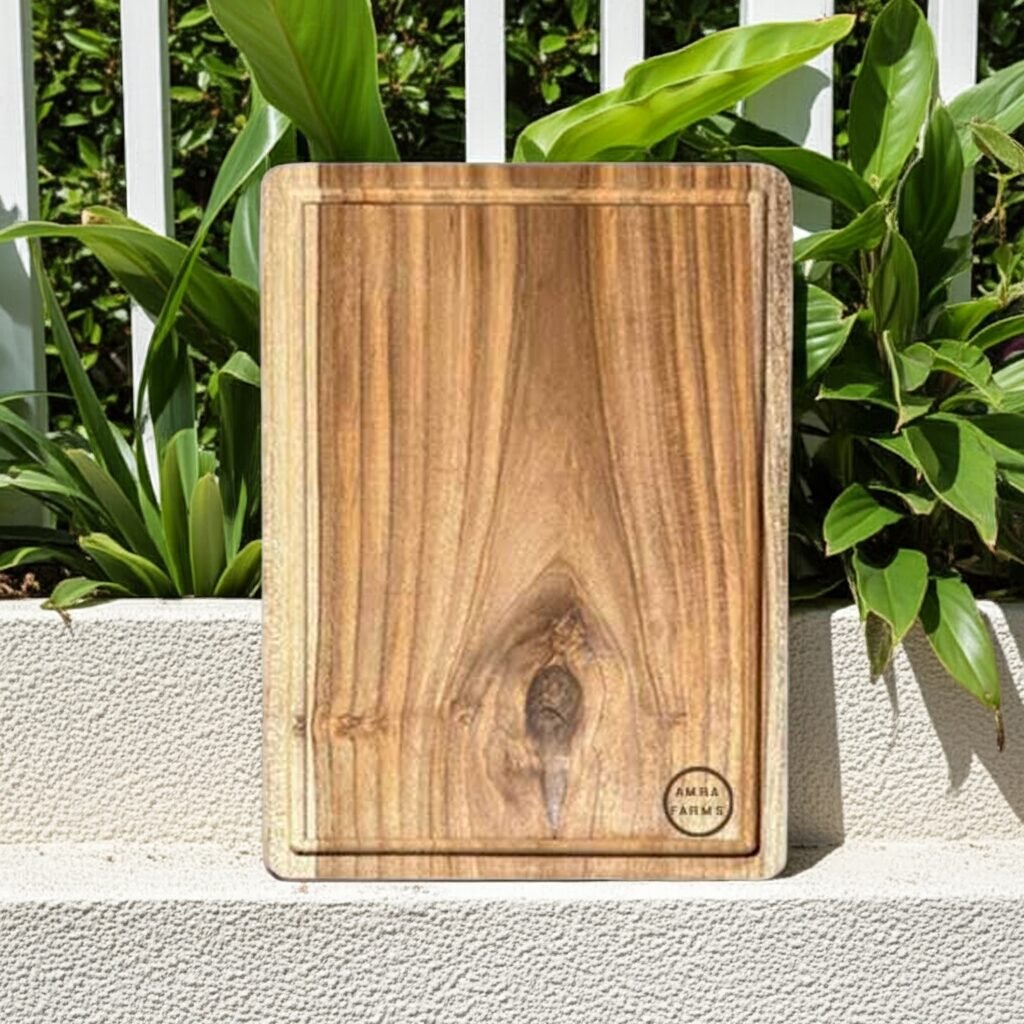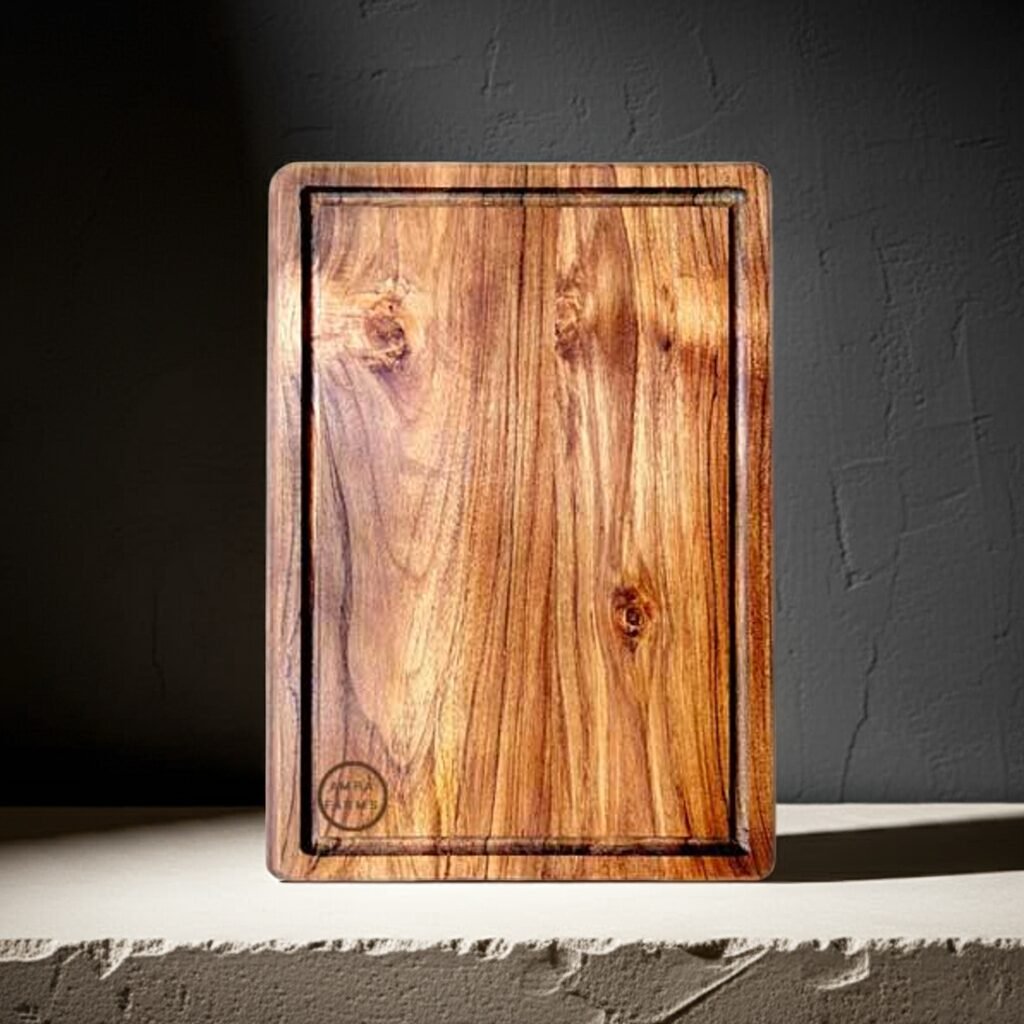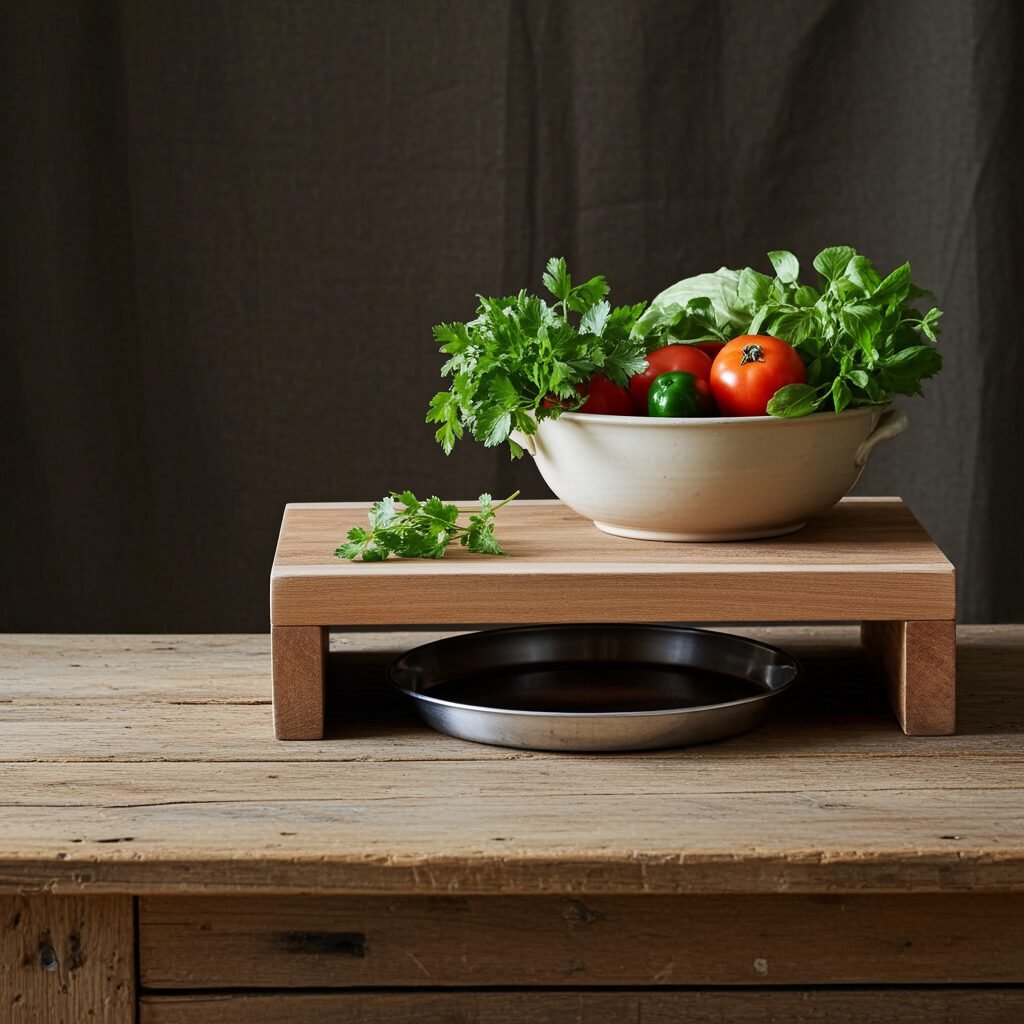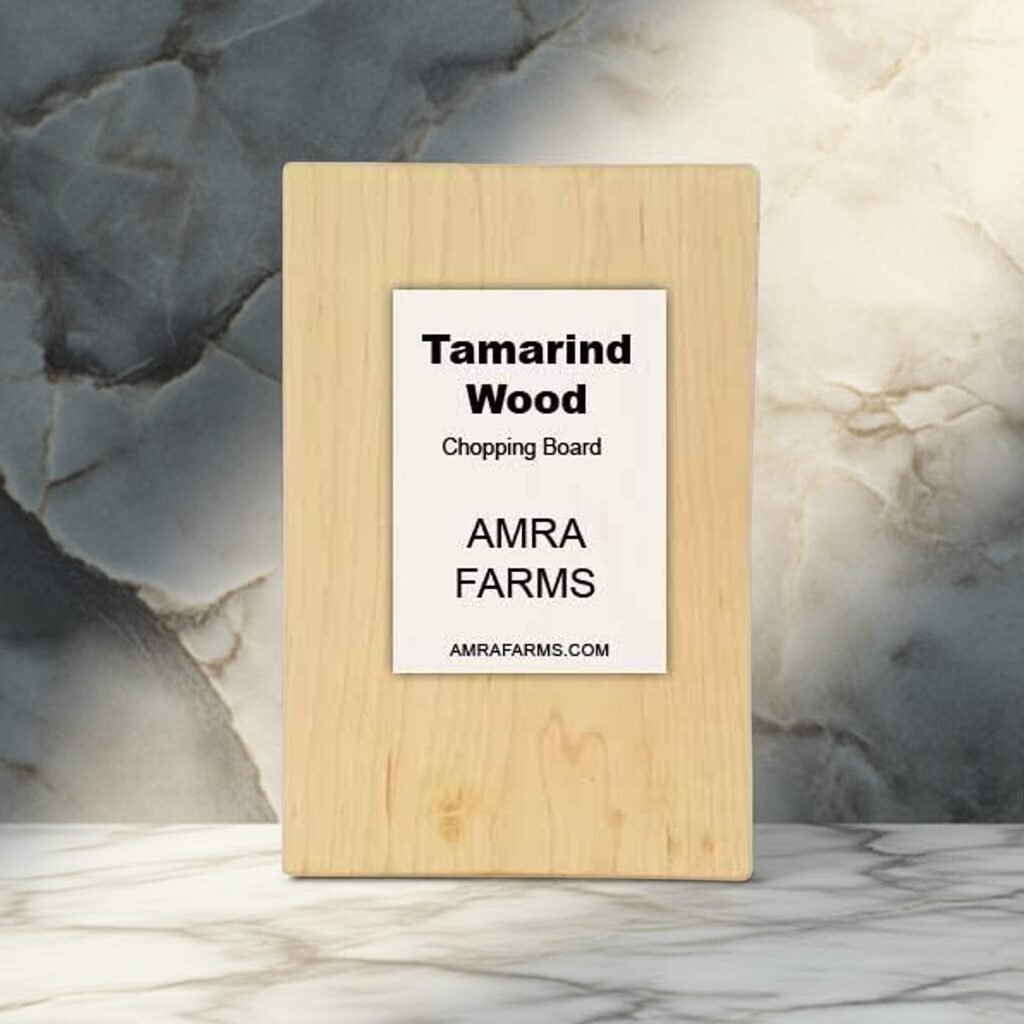Your cart is currently empty!
Unique Wooden Chopping Boards with Medicinal Benefits
Woods have their own benefits. While some woods are great for furniture, there are others which are great for arts and crafts. Some woods are important for their medicinal benefits too. While crafting a chopping board, you need to consider a lot of features like the hardness of the wood, the construction of the cutting board, and its durability. We all have our own needs, but did you know that there are woods that have medicinal properties? One of the most common woods with medicinal properties that we all know is neem. But it’s not just neem that has medicinal properties. A lot of woods are known to have a set of their own benefits.






This article explores some of the most common woods available in India with medicinal properties. While some woods are great for constructing a cutting board, others may be weak yet beneficial for your health.
Neem wood chopping boards
Everyone knows neem is one of the most common ingredients in Ayurveda for skin disease, detox, and oral care. Neem is also a great wood for chopping boards as it is antibacterial and contains a compound called azadirachtin. Neem helps with various other health problems. While the use of a neem chopping board is not going to cure your problems, it is a small lifestyle change for a healthier you. Widely available in India, neem is used for anything including brushing teeth to the construction of utensils. Neem is known as a detoxifier and purifier in Ayurveda. Neem is also one of the best materials to create pest-resistant storage boxes.
Teak wood chopping boards:
While teak wood is prized for its beauty and durability, teak has its own set of benefits. The bark and wood oil have antiseptic, anti-inflammatory, and antifungal properties. In Ayurvedic medicine, it is used for bronchitis, ulcers, and headaches. The wood contains tectoquinone known for its antibacterial effects. The rich oil content prevents mold and fungus, making it one of the best materials for wooden chopping boards. Teak wood cutting boards are expensive, but their benefits go beyond durability and beauty. They are also naturally healthy.
Arjun wood chopping boards:
The Arjun tree is grown throughout India. They are used for Ayurvedic formulations of arjunarishta, natural tonics, and bark powders. The wood is used for handles, agricultural tools, and small crafts. Not widely used, the wood is hard to work with. They are dense and can weigh 800–850 kg per cubic meter. It is a strong and dense wood. The bark and wood extracts are rich in arjunolic acid, flavonoids, and tannins. It is also known for its cardioprotective, antioxidant, and anti-inflammatory properties. Very effective for heart diseases, high blood pressure patients, and people with chest pain issues.
Jamun wood chopping boards:
Known for its fruit, Jamun or the Indian plum is available in most parts of India but is more common in Kerala, Tamil Nadu, Maharashtra, and West Bengal. The heartwood is reddish-brown, dense, and dark. The wood is hard, tough, and moisture resistant. The wood contains jamboline, tannins, and ellagic acid and is known to be antidiabetic, antibacterial, and antioxidant. They are used for blood sugar control, skin health, and digestive wellness. Jamun wood chopping boards, especially if constructed from a single block of wood, are worth a buy because they are rare.
Amla wood cutting boards:
Amla wood is not widely used for chopping boards because it is relatively soft, porous, and has a lower density compared to most other woods. But Amla has its own set of benefits. Its antioxidant features with emblicanin can help with immunity and skin diseases. Amla wood is traditionally used in wells to ensure clean drinking water and enhance taste. Well bottoms were lined with Amla wood and it would stay there for years, fully submerged, helping with cleansing the water. Though not as tough as other woods, the Amla wood is worth considering for cutting boards.
Categories
Products
- Buy Wooden Vegetable Cutting Boards Online
- Wooden Kitchen Accessories Tools
- Buy Butcher Block & Meat Cutting Boards Online
- Buy Premium Edge Grain Single Block Wooden Chopping Boards Online
- Buy The Best Teak Wood Chopping Boards Online In India
- Buy Wooden Cutting Boards With Handle For Kitchen
- Mango Wood Chopping Boards
- Tamarind Wood Chopping Boards
- Wooden Platter Boards , Pizza Platters & Charcuterie Boards
Tamarind Wood Cutting Board Teak Wood Cutting board
Recent Posts
- Unique Wooden Chopping Boards with Medicinal Benefits
- Exotic Woods of India and Its Uses
- Best Uses of Teak Wood: Common and Unique Applications That Make It the King of Hardwoods
- What to look for when purchasing a teak wood cutting board and how to identify teak wood
- Wooden chopping boards that naturally resist fungus/mould growth
